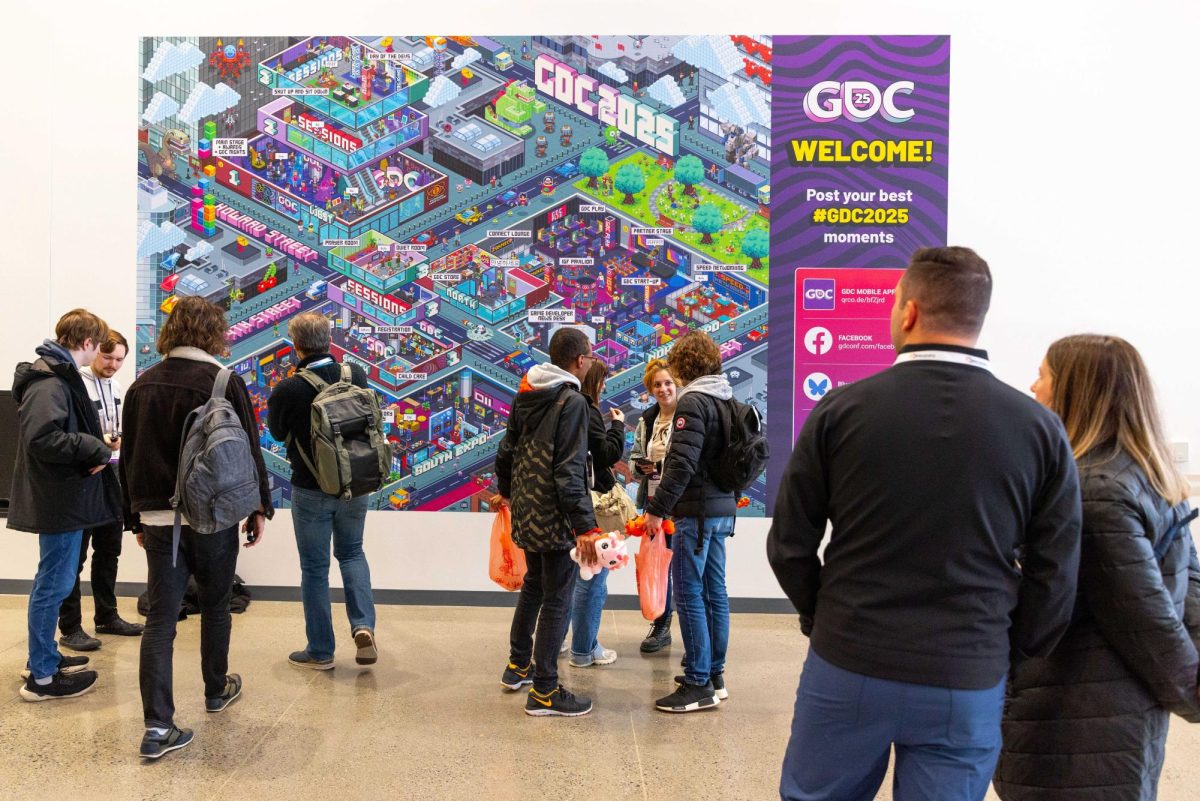Back in the 50s and 60s in San Francisco, house deeds prevented homeowners from selling houses to people of color, and banks refused to provide home loans to African-Americans.
National laws outlawed these discriminatory land practices 51 years ago through the Fair Housing Act. But the city is still segregated, even more now than in that time period, according to a Berkeley Haas Institute study published in May.
“We have a role in either reinforcing those patterns or trying to rectify some things,” Myrna Melgar, the president of San Francisco’s Planning Commission, told Xpress.

To address those racial and social inequities in San Francisco, the city’s Planning Commission and the Historic Preservation Commission participated in a one-day workshop Sept. 27 focused on tackling those inequities.
Although San Francisco now requires every city department to undergo racial equity training as part of the establishment of an Office of Racial Equity, the Planning Department began its initiative two years ago, and each member of its staff has undergone training.
The seven-member Planning Commission provides guidance on land use, transportation and planning for the mayor and Board of Supervisors. It also maintains the General Plan, which guides the city’s vision for the future, and oversees the Planning Department.
“We have a responsibility as government particularly to advance racial and social equity,” said Will Dominie, who led the day’s training as a member of the Bay Area Regional Health Inequity Initiative, a coalition of 13 public health departments across the Bay Area. “You’re in a position of power so your responsibility is greater.”
After workshopping lessons on race, class and bias, the training left commissioners with a checklist of questions to ask themselves in numerous steps of the planning process. These racial and social equity assessment tools provides a checklist of questions concerning the equity of each policy, project or program being discussed.
“We have to look at the decisions we make in terms of our policies, the changes to the planning codes, the neighborhood plans that we do,” John Rahaim, the director of the Planning Department, told Xpress. “I think we have to start looking at it through a more frankly complicated set of lenses than we have in the past.”
Several Commissioners then suggested that Planning Department staff implements a racial equity lens for projects before they reach the commission.
“Most of the projects, by the time they come to us, they’ve been through years of analysis and review,” Melgar said.
Commissioner Dennis Richards called for adding a racial equity element to San Francisco’s General Plan and having the capital gains of house sales go toward a specific fund for racial and social equity.
Commissioners also stressed the importance of diversity in hiring. A Planning Department survey found that the department’s upper management and administration were increasingly white, and the support staff are increasingly non-white.
“Representation without power is just tokenism,” Commissioner Milicent A. Johnson said. “And so if you’re not actually treating the conditions for people to move up into spaces of power… then theres a serious problem, and you’re not actually advancing equity.”
Commissioners also emphasized how crucial funding is in providing equity.
“We want equity, but we have to be able to help pay for it because if you create a lot of housing on the left side, and somebody in the kind of town of Western Addition only makes $29,000 a year can’t afford to live there, what’s the point?” Richards said. “With equity comes financing and subsidies. You’ve got to do that.”
Planning Department manager Claudia Flores took their feedback, and is implementing some of it into a racial equity action plan for the commission.













